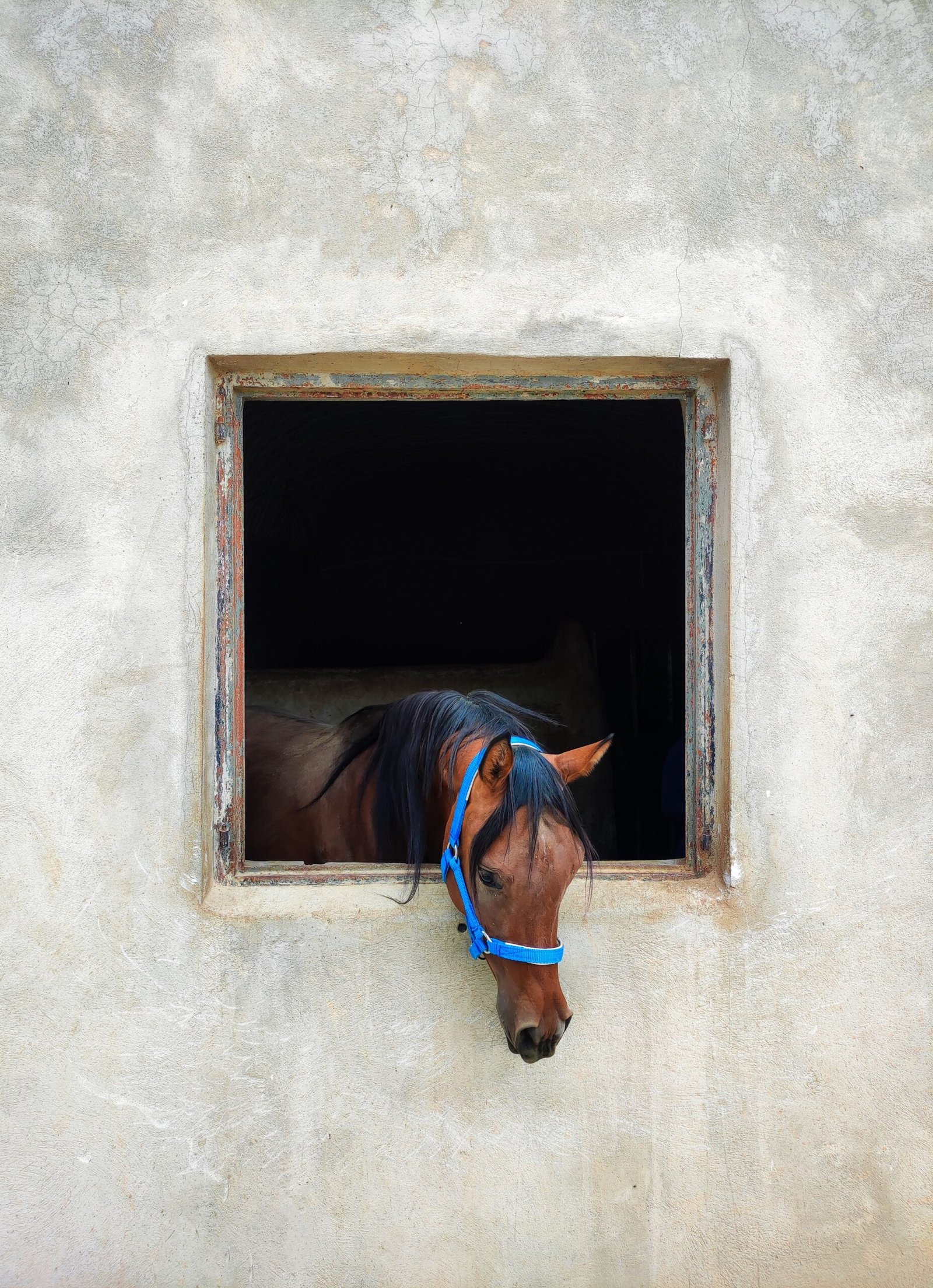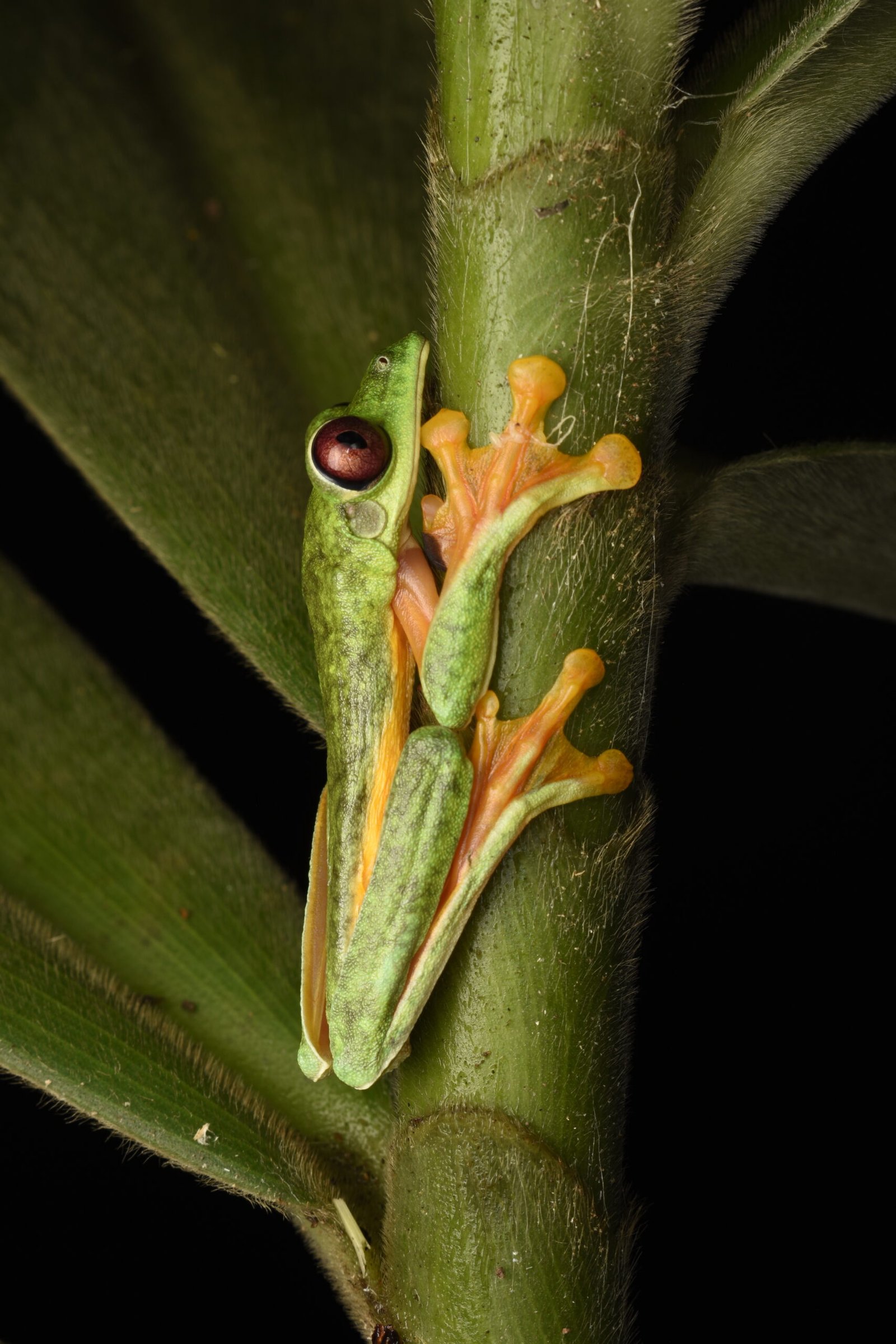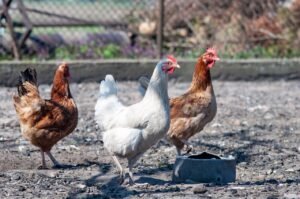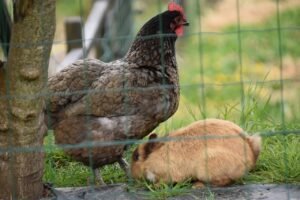
Imagine you’re starting a new hobby of raising chickens, and you find yourself faced with a puzzling question: how do you determine the gender of day-old chicks? As a friendly guide, this article aims to shed light on this intriguing matter, providing you with the knowledge and techniques needed to skillfully identify the sex of your adorable new feathered friends right from the very beginning. So, let’s embark on this fascinating journey together and unveil the secrets of how to sex day-old chicks!
Determining the Sex of Day-Old Chicks

Introduction
When it comes to raising chickens, being able to determine the sex of day-old chicks is essential. Knowing the sex of your chicks will help you plan for their future and manage your flock more effectively. There are various methods available for sexing chicks, both external and internal, each with its own level of accuracy and expertise required. In this article, we will explore these methods in detail, providing you with a comprehensive guide on how to determine the sex of day-old chicks.
External Sexing Methods
- Vent Sexing
Vent sexing is one of the most common methods used to determine the sex of day-old chicks. It involves examining the vent, which is the external opening of the cloaca, to identify the presence or absence of certain characteristics that differentiate male and female chicks.
1.1 Technique
To vent sex a chick, gently hold it upside down and spread its legs apart. The vent area should be exposed, making it easier to observe any distinguishing features. In male chicks, the vent will have a single opening, while in females, there will be two distinct openings close together, forming a “Y” shape.
1.2 Accuracy and Expertise
Vent sexing can be a highly accurate method when performed by experienced professionals. However, it requires extensive training and practice to become proficient in this technique. Inaccurate vent sexing could lead to misidentifying the sex of the chicks, causing potential issues in flock management.
- Feather Sexing
Feather sexing relies on the growth patterns of the feathers in day-old chicks to determine their sex. This method is primarily applicable to certain breeds with distinct feather growth patterns that differ between males and females.
2.1 Technique
To feather sex a chick, careful observation of the down feathers is necessary. Male chicks tend to have a more symmetrical feather growth pattern, with feathers growing evenly on both sides of their bodies. In contrast, female chicks may have asymmetrical and irregular feather growth patterns.
2.2 Accuracy and Limitations
Feather sexing can provide a reliable method of determining the sex of day-old chicks, particularly in breeds specifically bred for this purpose, such as certain commercial broiler strains. However, it is not applicable to all chicken breeds, making it less versatile compared to other sexing methods.

Sex-Linked Breeds
In some chicken breeds, the males and females have distinct color patterns or other visible traits that allow for easy sex determination. These chickens are known as sex-linked breeds, and their sex can be identified shortly after hatching based on these visual differences.
3.1 Identification
The identification of sex-linked breeds is based on genetic traits that result in the expression of specific color patterns or markings. For example, in certain sex-linked breeds, male chicks may have different feather colors or patterns compared to female chicks.
3.2 Examples
Some common examples of sex-linked chicken breeds include Rhode Island Reds, Black Sex Links, and Gold Sex Links. These breeds have specific genetic attributes that allow for easy and accurate sex determination based on visual cues.
Internal Sexing Methods
While the external sexing methods mentioned earlier are the most common and practical for day-old chicks, there are also internal sexing methods available that provide definitive sex identification but require more specialized equipment and expertise.
- DNA Sexing
DNA sexing involves the analysis of genetic material to determine the sex of day-old chicks accurately. This method is widely used in scientific research and high-value breeding programs.
1.1 Sample Collection
To perform DNA sexing, a blood sample is collected from the chick. This can be done by clipping a small portion of the chick’s toenail or drawing a small amount of blood from a vein.
1.2 Laboratory Testing
The collected sample is sent to a specialized laboratory where DNA analysis is conducted. This analysis determines the presence or absence of specific sex chromosomes, allowing for accurate sex determination.
- Ultrasonography
Ultrasonography, commonly known as ultrasound, can be used to determine the sex of day-old chicks by examining their internal reproductive organs. This method is more commonly used for advanced scientific research or specialized breeding programs.
2.1 Procedure
To perform ultrasonography on day-old chicks, a specialized ultrasound machine is required. The chick is gently held, and the ultrasound probe is used to obtain images of the internal reproductive organs. The presence or absence of specific structures will indicate the chick’s sex.
2.2 Limitations
Ultrasonography requires specialized equipment and expertise, making it less accessible than other sexing methods. It is also a time-consuming process, making it impractical for large-scale sex determination in commercial chicken farming.

Conclusion
Determining the sex of day-old chicks is crucial for effective flock management and planning. Various methods are available to determine the sex of chicks, each with its own level of accuracy and expertise required. External methods such as vent sexing and feather sexing are commonly employed, providing reliable results when performed correctly. Sex-linked breeds offer an easy visual identification method, while internal sexing methods such as DNA sexing and ultrasonography provide definitive sex determination but are more specialized and time-consuming. By understanding these different methods, you can confidently determine the sex of your day-old chicks and ensure the success of your poultry operation.







